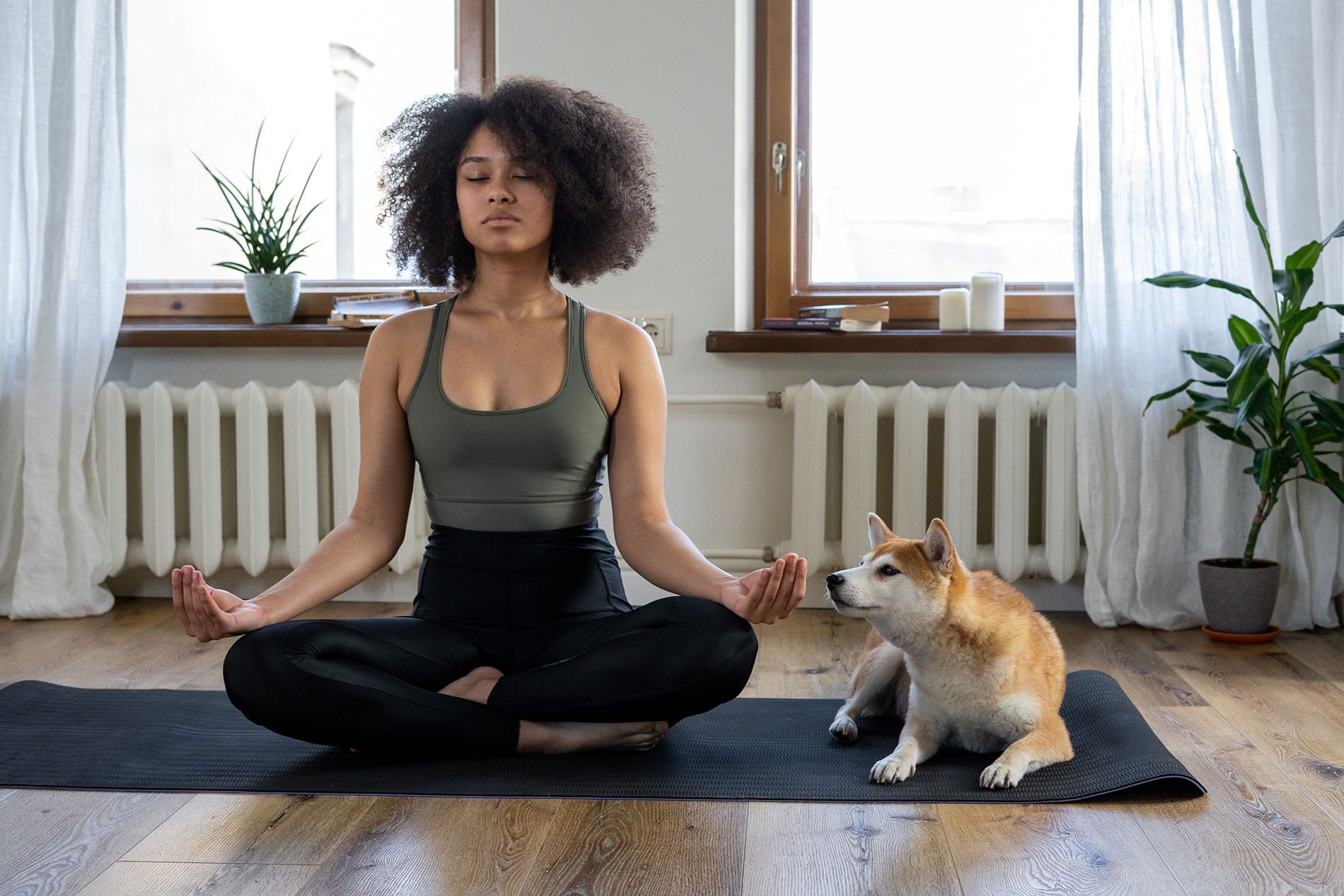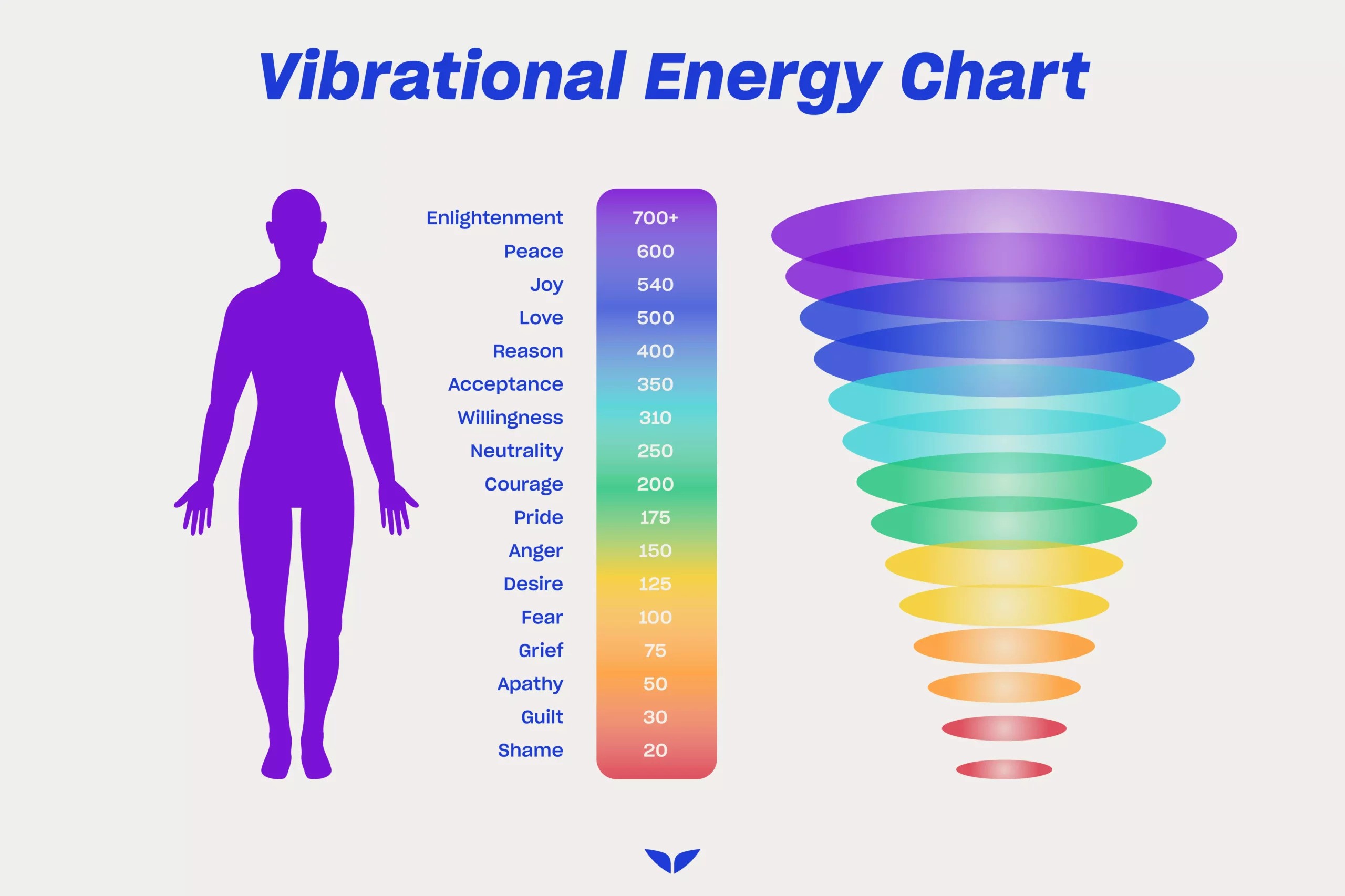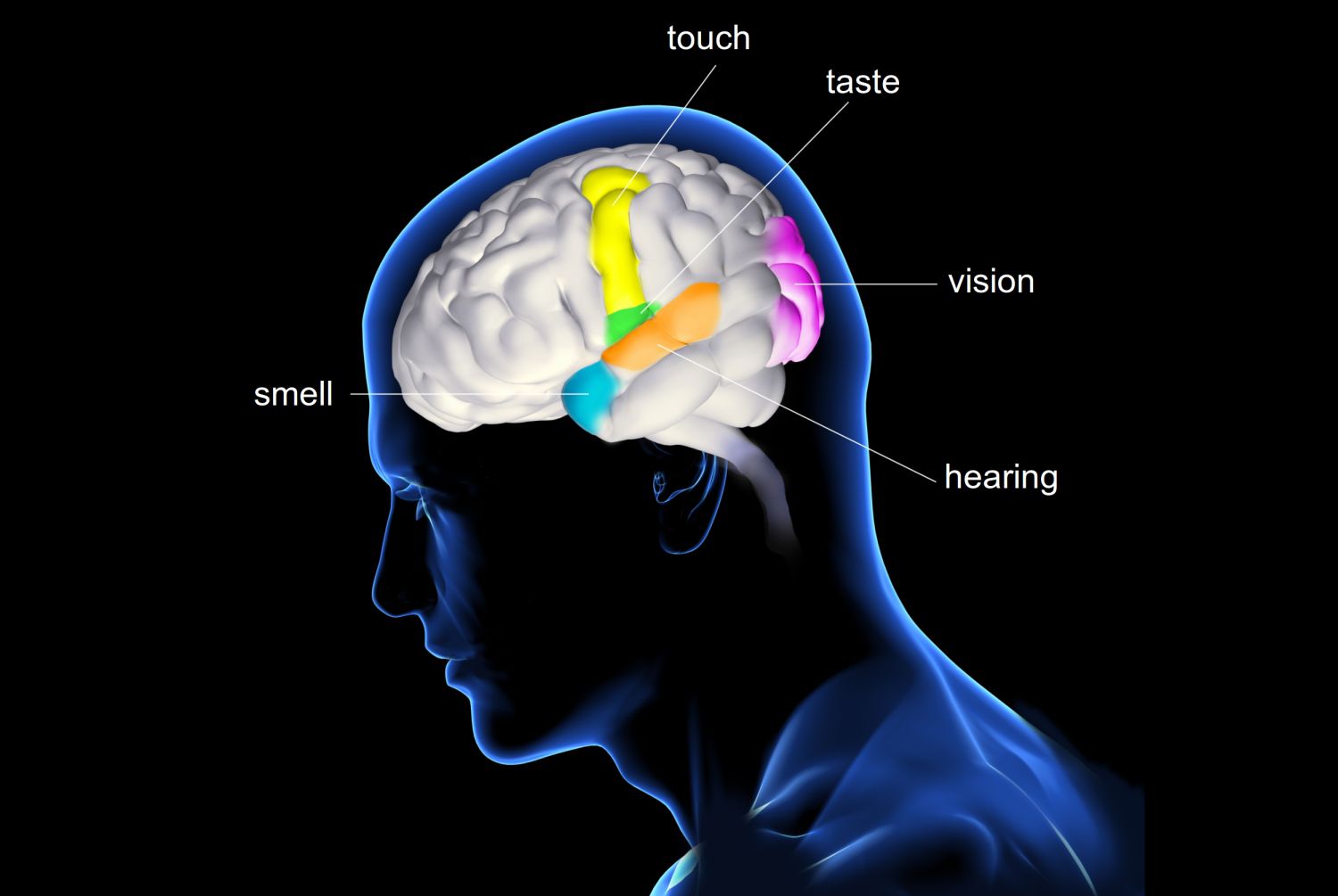How to do Meditation for anxiety reduction
If stress makes you feel anxious, tense, or worried, try meditation. Even a few minutes of meditation can help you regain your sense of calm and inner peace.
Meditation is something that anyone can do. It's easy to do and doesn't cost a lot of money, and it doesn't require any special equipment.
And you can meditate wherever you are: on a walk, on the bus, in line at the doctor's office, or even in the middle of a tense business meeting.
How to do Meditation for anxiety reduction
Meditation can help you achieve a sense of calm, peace, and balance, which can improve your emotional well-being as well as your overall health.
And the advantages don't stop when you stop meditating. Meditation can help you stay calmer throughout the day and may even aid in the management of symptoms associated with certain medical conditions.
Step 1: Find a seat that gives you a stable, solid seat, not perching or hanging back, whether it's a chair, a meditation cushion, or a park bench.
Step 2: Cross your legs in front of you if you're sitting on a cushion on the floor. If you're sitting in a chair, the bottoms of your feet should be touching the floor.
Step 3: Natural curvature exists in the spine. Allow it to exist. Your head and shoulders should be able to rest comfortably on top of your vertebrae.
Step 4: Your upper arms should be parallel to your upper body. Then, gently place your hands on the tops of your legs. Your hands will land in the correct spot if you keep your upper arms at your sides. You'll hunch if you look too far ahead. You will become stiff if you sit too far back. You're fine-tuning your body's strings, making sure they're not too tight or too loose.
Step 5: Allow your chin to drop slightly and your gaze to fall gently downward. Allow your eyelids to droop. You may close your eyes if you feel the need, but it is not necessary to do so when meditating. You can simply observe what is in front of your eyes without focusing on it.
Step 6: For a few moments, be there. Relax. Pay attention to your breathing or your body's sensations.
Step 7: Feel (or, as some say, "follow") your breath as it leaves and enters your body. (In some versions of this practice, the out-breath is emphasized more, while the in-breath is simply left with a spacious pause.) In either case, focus on the physical sensation of breathing: air moving through your nose or mouth, your belly rising and falling, or your chest rising and falling. Choose a focal point and mentally note "breathing in" and "breathing out" with each breath.
Step 8: Your attention will inevitably leave the breath and wander to other things. Don't be concerned. There's no need to stifle or suppress your thoughts. When you notice your mind wandering—after a few seconds, a minute, or five minutes—return your attention to the breath gently.
Step 9: Before making any physical adjustments, such as moving your body or scratching an itch, practice pausing. Shift with intention at a time that is convenient for you, allowing space between what you are experiencing and what you decide to do.
Step 10: It's perfectly normal for your mind to wander constantly. Rather than grappling with or engaging with those thoughts, practice observing without reacting. Simply take a seat and pay attention. That's all there is to it, no matter how difficult it is to maintain. Return without judgment or expectation over and over.
Step 11: Lift your gaze gently when you're ready (if your eyes are closed, open them). Take a moment to listen to the sounds around you. Take note of how your body is currently feeling. Take note of your feelings and thoughts. Take a moment to consider how you want to proceed with your day.
The fact that mindfulness is secular adds to its appeal. For more than 2,600 years, Buddhist monks have used mindfulness exercises as a form of meditation, seeing them as one of the paths to enlightenment. The Mindfulness-Based Stress Reduction program, on the other hand, removes the religious overtones from mindfulness.
A growing body of research shows that mindfulness reduces stress and anxiety, improves attention and memory, and promotes self-regulation and empathy, boosting its popularity. Sara Lazar, a neuroscientist and assistant professor of psychology at Harvard Medical School (HMS) and assistant researcher in psychiatry at Massachusetts General Hospital, was the first to document that mindfulness meditation can change the gray matter and brain regions linked to memory, self-awareness, and emotion regulation in the brain a few years ago.
Mindfulness practitioners admit the practice can offer challenges. It necessitates consistency because the effects are more noticeable over time, as well as discipline to train the wandering mind to return to the present moment without judgment. According to a 2014 study, many people would rather give themselves electroshocks than be alone with their thoughts. Another study found that most people have trouble focusing on the present moment and that their wandering minds can cause stress and even suffering.
Developing your meditation abilities
Don't pass judgment on your meditation abilities; this will only add to your stress. Meditation takes time and effort to master.
Keep in mind, for example, that your mind is likely to wander during meditation, regardless of how long you've been doing it. If your attention wanders while you're meditating to calm your mind, slowly bring it back to the object, sensation, or movement you're focusing on.
Experiment with different types of meditation to see what works best for you and what you enjoy doing. Adapt meditation to your current needs. Remember that there is no one-size-fits-all approach to meditation. What matters is that meditation aids in stress reduction and overall well-being.



